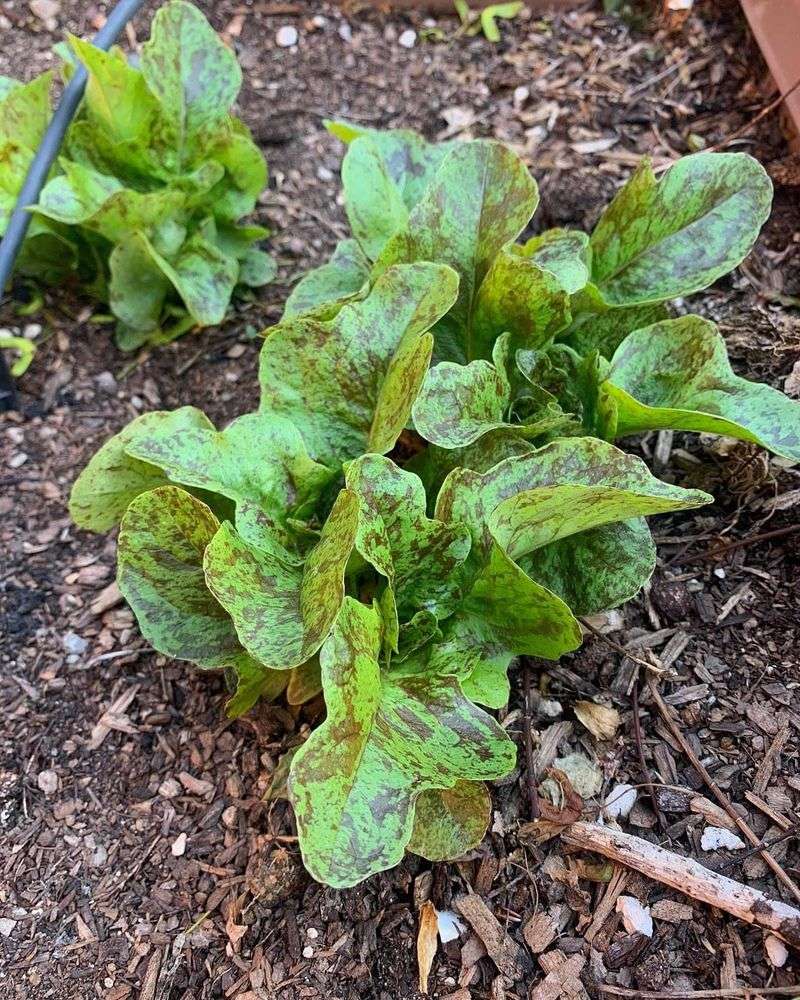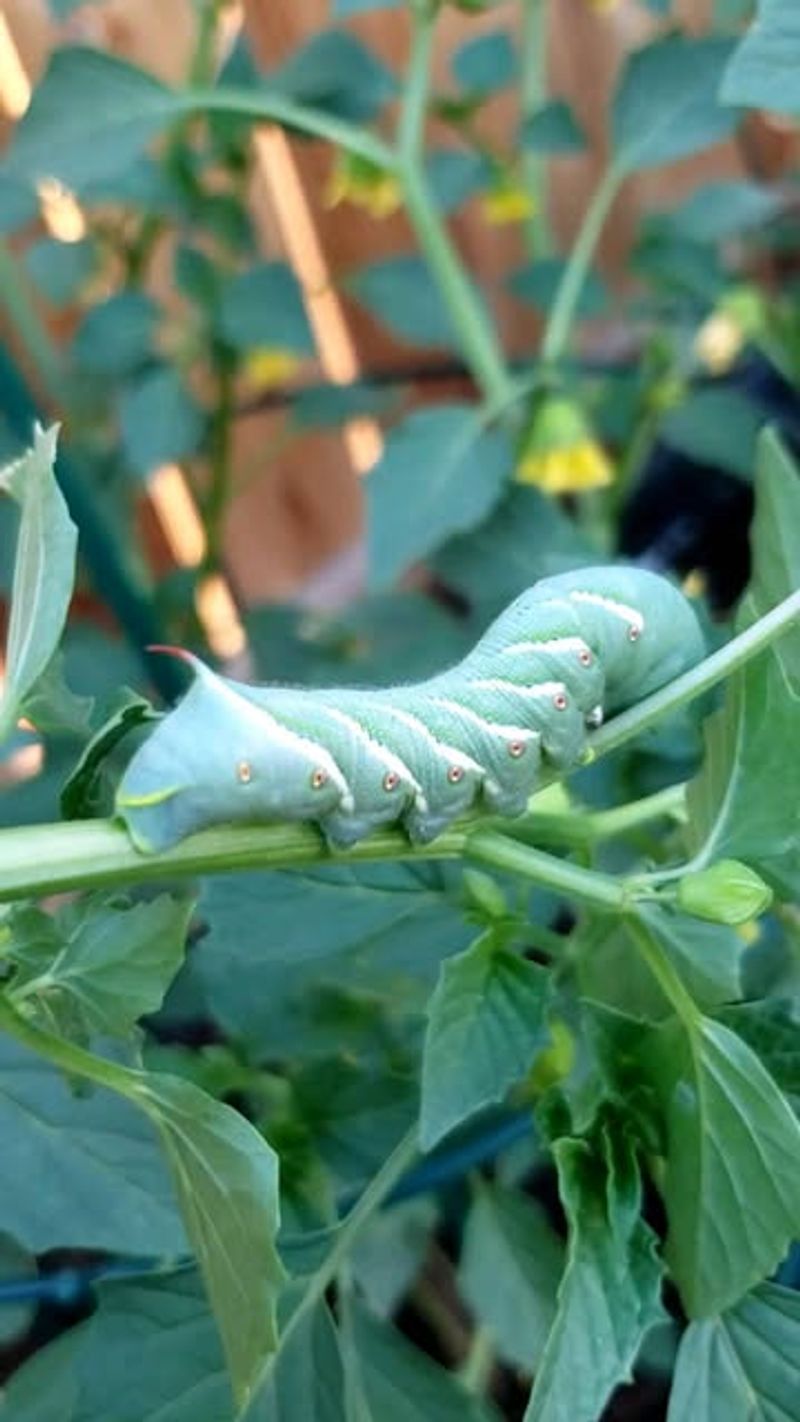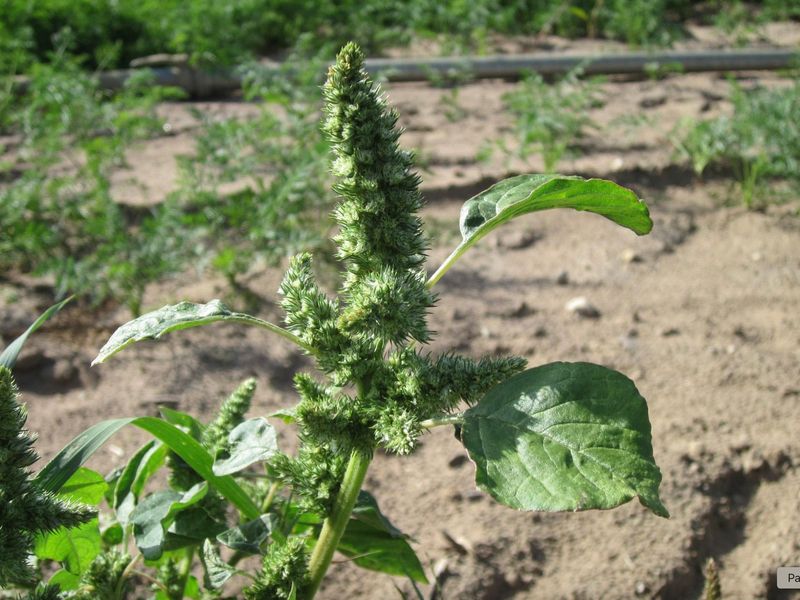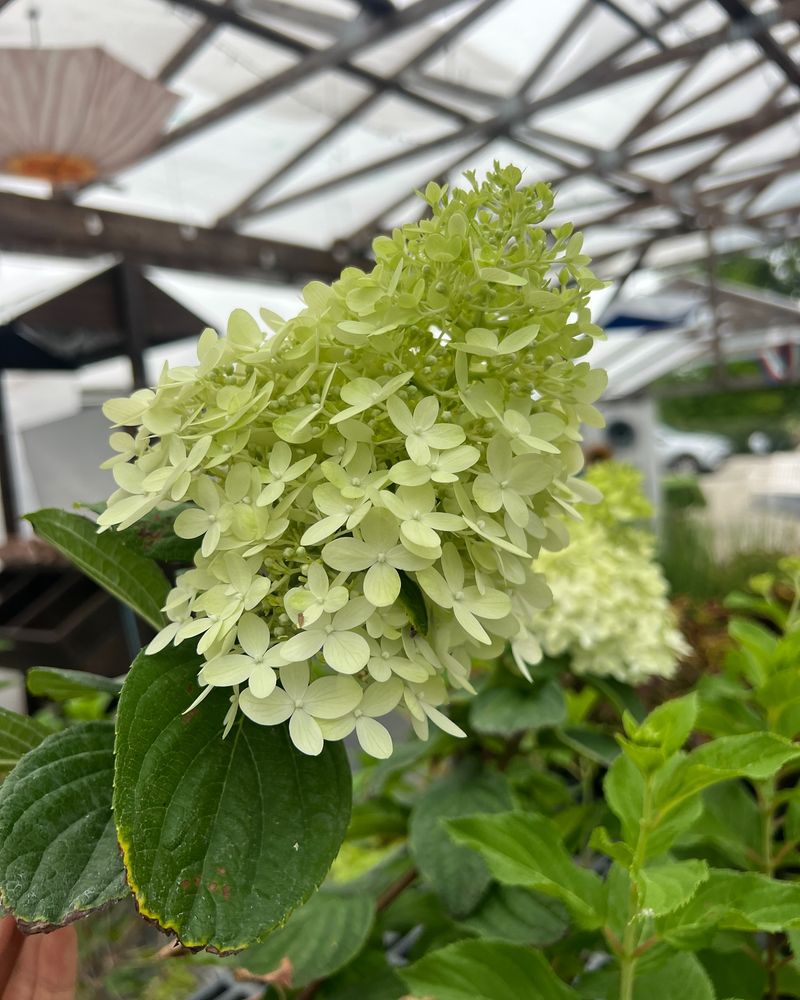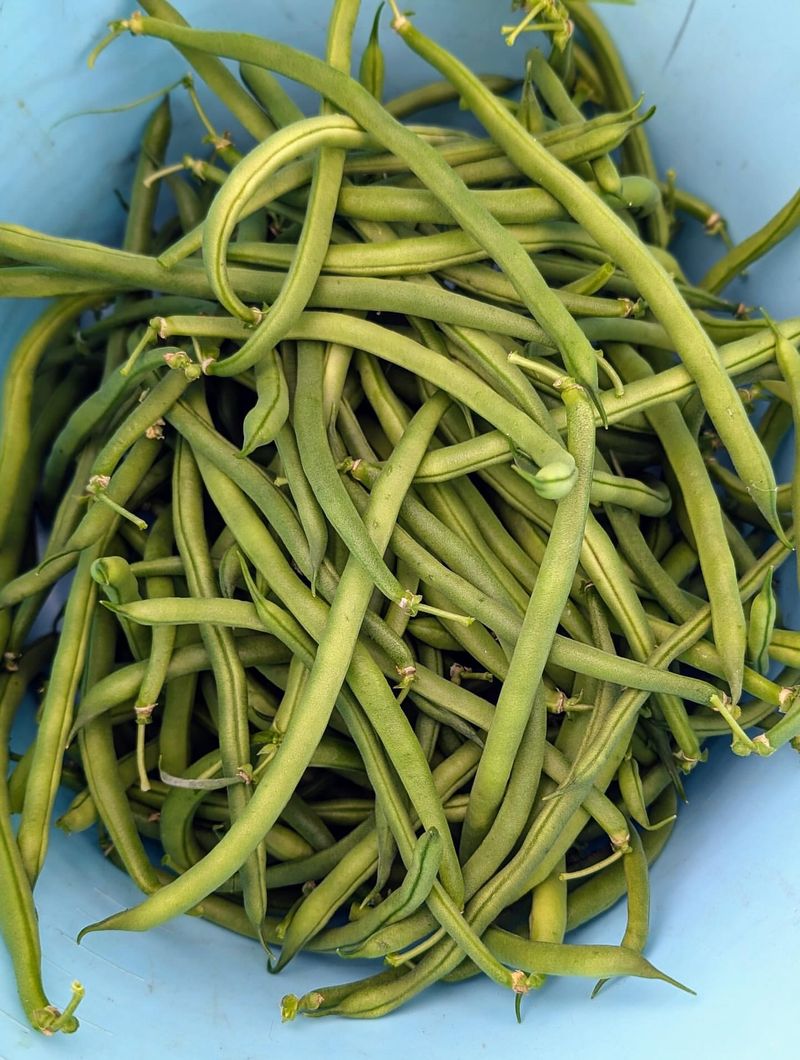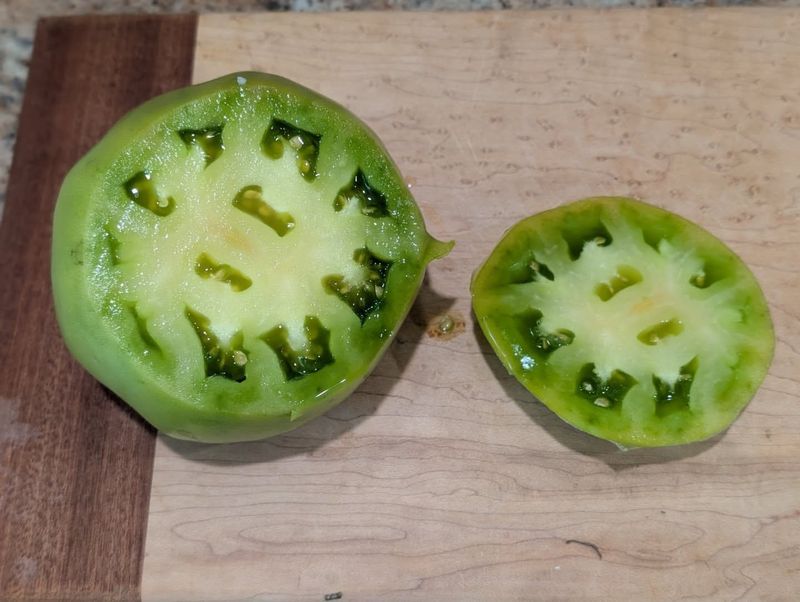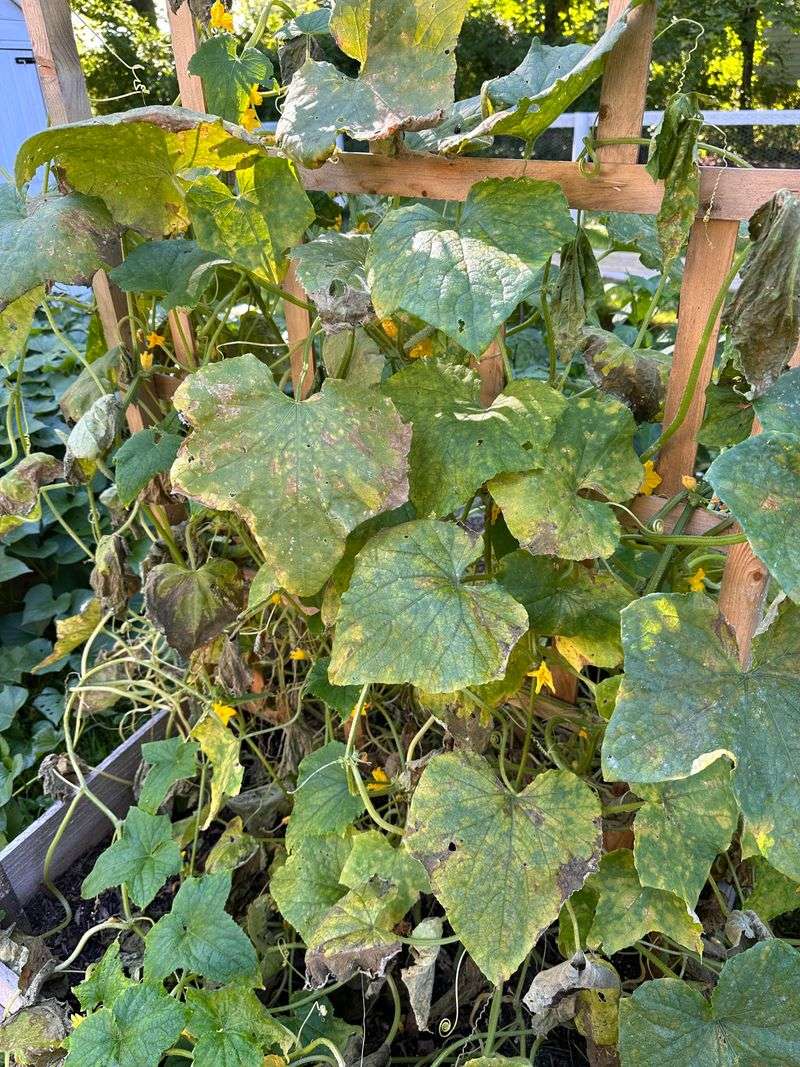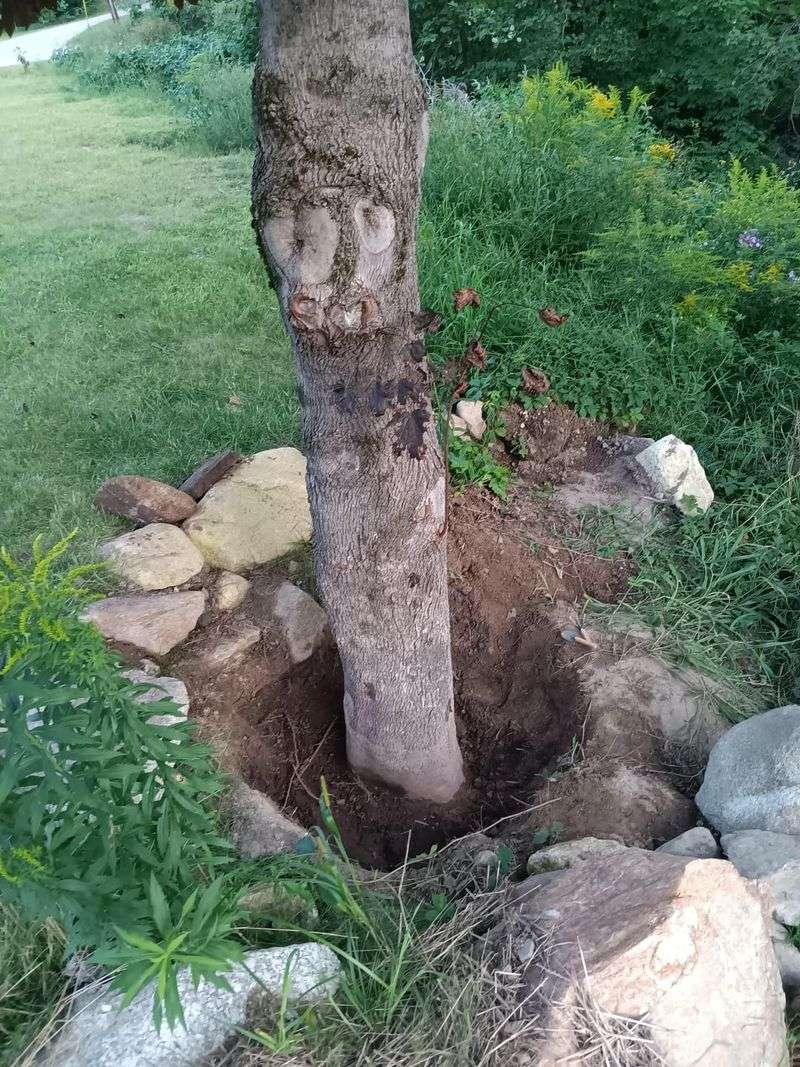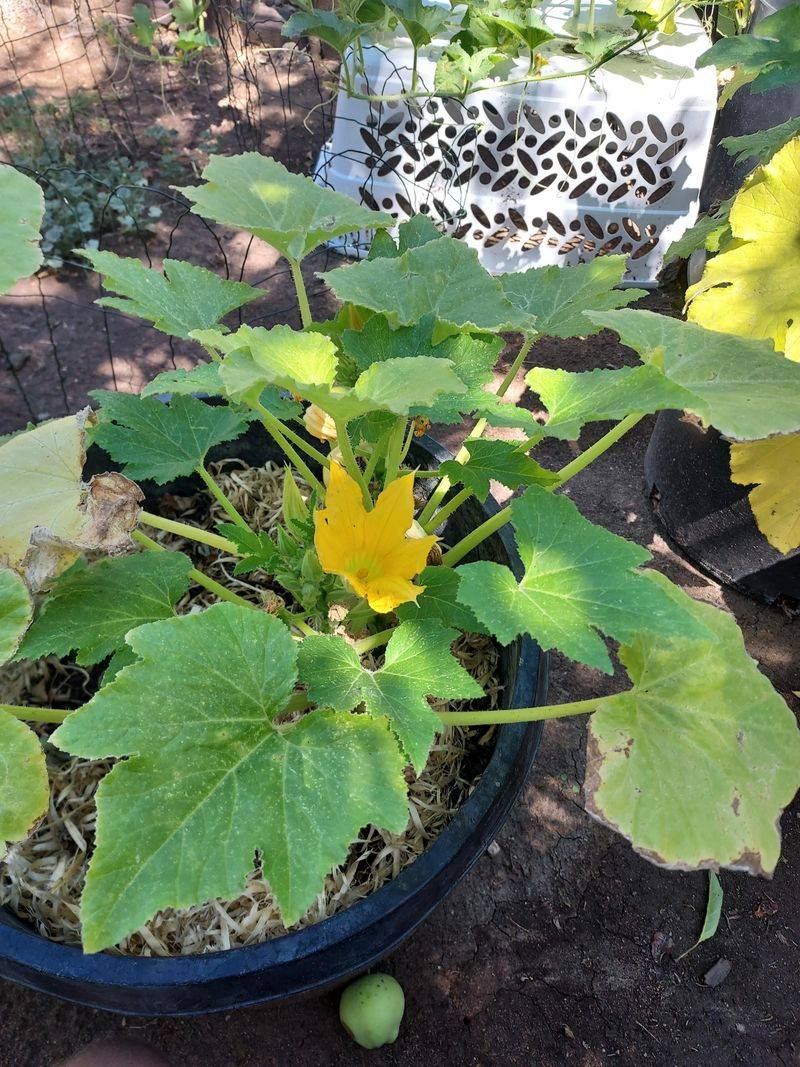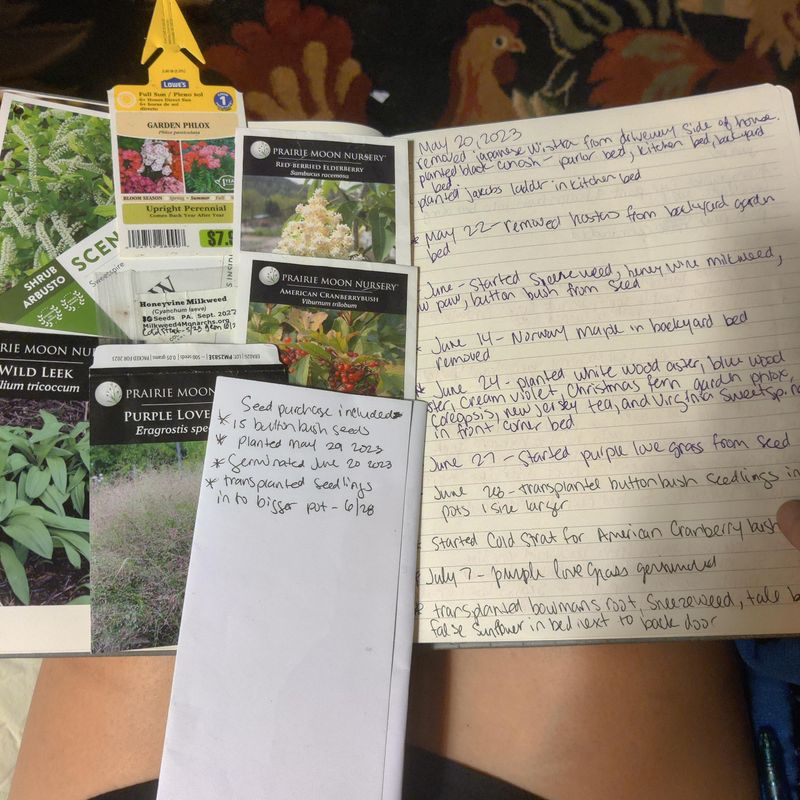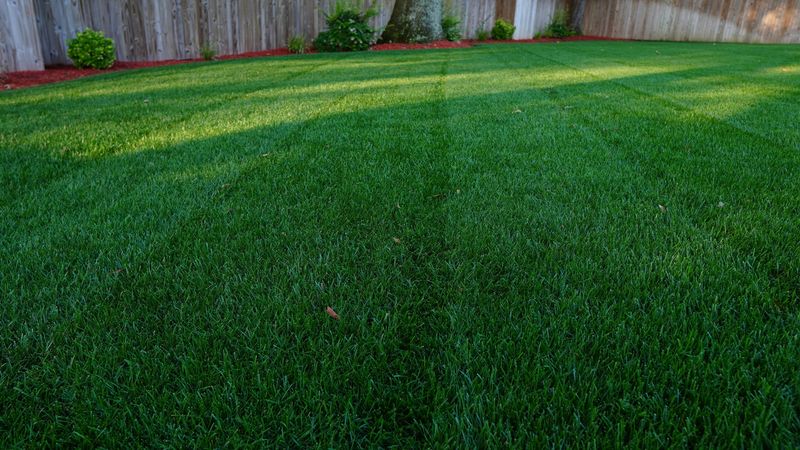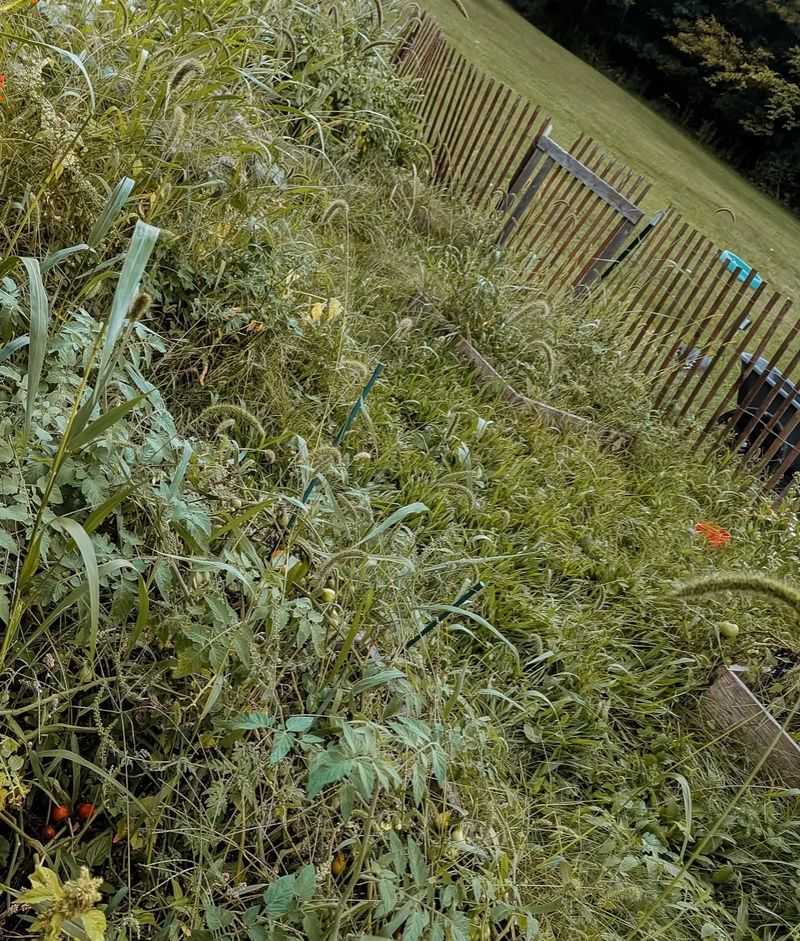August in Ohio can be tough on gardens—blazing heat, unpredictable storms, and the slow drift toward fall all play a part. Year after year, I see the same 16 mistakes cropping up in backyards across the state—including my own.
Just when harvest season should shine, these slip-ups can unravel months of effort. Ohio’s late summer weather is all over the place, and it makes gardening a balancing act. One season, I brushed off powdery mildew on my squash, hoping the September rain would help.
By Labor Day, the crop was gone—wiped out before I could save it. But I’ve learned from those missteps, and they’ve changed how I garden for the better. A few smart tweaks to your August routine can help sidestep these common pitfalls. The fixes are simpler than you’d expect—and they keep your garden thriving right into fall.
1. Neglecting Water Management
Many gardeners either underwater or overwater in August, not accounting for Ohio’s unpredictable rainfall patterns. The key is monitoring soil moisture about 2 inches deep rather than following a rigid schedule.
Water deeply but less frequently to encourage stronger root growth. I learned this lesson after losing half my tomato crop to blossom end rot during a particularly dry August spell.
Consider installing a simple rain gauge to track natural precipitation and adjust your watering accordingly.
2. Forgetting Fall Vegetable Planting
August offers perfect timing for cool-season crops in Ohio, yet many gardeners miss this second growing opportunity. Spinach, lettuce, kale, and radishes thrive when planted now for fall harvests.
Prepare beds by removing summer crop debris and adding fresh compost. These fall vegetables often taste sweeter after light frosts, giving you garden-fresh produce well into November.
My family enjoys salads from our garden until Thanksgiving because I started making August plantings part of my routine.
3. Ignoring Pest Explosions
August brings peak insect activity in Ohio gardens. Japanese beetles, squash bugs and tomato hornworms multiply rapidly if left unchecked. Daily inspection is crucial this month – flip leaves to check undersides where many pests hide.
Hand-pick larger insects and drop them into soapy water. For smaller infestations, consider neem oil applications in the evening when beneficial insects are less active.
Last August, I ignored a few cabbage worms and returned from a weekend away to find my broccoli completely skeletonized!
4. Letting Weeds Go to Seed
Those innocent-looking August weeds are setting up next year’s invasion! One pigweed can produce over 100,000 seeds that remain viable for years in Ohio soils. Pull weeds before they flower, focusing on completely removing the root system.
Use a garden hoe in the morning when soil is slightly damp but not wet. For persistent areas, consider applying mulch 2-3 inches thick to smother emerging weeds.
My weed problems decreased dramatically after I started dedicating just 10 minutes daily to weed patrol.
5. Skipping Soil Testing
August is ideal for soil testing in Ohio gardens, yet most gardeners skip this crucial step. The results help you make informed decisions about fall amendments, giving them time to integrate before spring planting.
Ohio State University Extension offices provide affordable testing services with specific recommendations for our regional conditions. My garden’s productivity doubled after addressing the surprising potassium deficiency my test revealed.
Collect samples from multiple spots, mix them together, and allow to dry before submitting for best results.
6. Pruning At The Wrong Time
August pruning mistakes can stress plants just as they prepare for winter. Spring-flowering shrubs like lilacs and forsythia have already set next year’s buds – cutting them now means no flowers next spring!
Focus instead on removing diseased material and deadheading spent flowers. Wait until plants are fully dormant for major pruning jobs.
I once gave my hydrangeas an August haircut and wondered why they produced so few blooms the following year. Timing really matters!
7. Neglecting Mulch Maintenance
By August, spring mulch has often decomposed or washed away, leaving soil exposed during Ohio’s hottest days. Refreshing mulch now conserves moisture, suppresses late-summer weeds, and regulates soil temperature as nights begin cooling.
Apply a 2-3 inch layer, keeping it pulled back slightly from plant stems and tree trunks. Organic options like shredded leaves or straw work wonderfully.
My pepper plants yielded twice as much after I started refreshing mulch mid-season rather than just applying it in spring.
8. Harvesting Too Late
Vegetables left too long on plants in August often become tough, bitter, or attract pests. Zucchini grows enormous but loses flavor, while beans become stringy and cucumbers turn yellow and bitter.
Check your garden daily during peak production times. Harvest in the morning when vegetables contain the most moisture and nutrients.
I keep a small basket by the door as a reminder to make quick harvest rounds each morning – this simple habit improved both the quantity and quality of my produce.
9. Forgetting To Save Seeds
August presents perfect opportunities for seed saving, yet many Ohio gardeners overlook this money-saving tradition. Heirloom varieties like tomatoes, beans, and peppers produce seeds that grow true to type next season.
Choose your healthiest, most productive plants for seed collection. Allow some fruits to fully ripen beyond the eating stage.
My grandmother’s Cherokee Purple tomatoes have graced our family gardens for generations because someone remembered to save seeds each August. The flavor simply can’t be matched by store-bought varieties.
10. Improper Tomato Maintenance
By August, many Ohio tomato plants become unwieldy tangles, creating perfect conditions for disease. Selective pruning improves airflow and directs energy to ripening fruit rather than excessive foliage.
Remove suckers and yellowing lower leaves, especially those touching the soil. Reinforce supports as plants become heavy with fruit.
Last year, I noticed my neighbor’s tidy tomato plants outproducing my jungle by 3-to-1, despite having fewer plants. Proper maintenance makes all the difference!
11. Ignoring Disease Warning Signs
August’s combination of heat and humidity creates perfect conditions for fungal diseases in Ohio gardens. Early blight, powdery mildew, and downy mildew spread rapidly when ignored, often starting as small spots on leaves.
Remove affected leaves immediately and dispose of them in the trash, not compost. Avoid working in the garden when plants are wet to prevent spreading spores.
Preventative measures like proper spacing and morning watering can significantly reduce disease pressure in our humid climate.
12. Planting Trees And Shrubs Incorrectly
August’s garden center sales tempt many Ohioans into impulse-buying trees and shrubs without proper planning. While fall is generally good for planting, August requires extra care with watering during establishment.
Dig holes twice as wide as the root ball but only as deep. Water deeply every 2-3 days for the first month, creating a small soil berm to hold moisture around roots.
My arborvitae struggled for years because I planted them too deeply, a common mistake that suffocates root systems.
13. Overfeeding Late-Season Plants
Applying high-nitrogen fertilizers in August stimulates tender new growth that won’t have time to harden off before frost. This creates weak points vulnerable to winter damage and diverts energy from ripening fruits.
Switch to lower-nitrogen, higher-phosphorus formulations if feeding is necessary. For perennials and shrubs, hold off on fertilizing altogether after mid-August in Ohio.
My neighbor’s roses suffered significant winter dieback after late-summer feeding pushed lush new growth that couldn’t withstand our first hard freeze.
14. Neglecting Garden Records
August reveals which varieties perform best in Ohio’s conditions, yet few gardeners document these valuable insights. Keep notes on harvest dates, yields, pest problems, and successful techniques while the information is fresh.
Simple photos with dates provide visual references for planning next year’s garden. I use a dedicated notebook that stays near my garden tools.
After three years of records, I identified patterns that helped me eliminate poor performers and focus on varieties that consistently excel in our climate.
15. Improper Lawn Care Timing
Many Ohio gardeners make the mistake of aggressive lawn renovation during August’s heat. Our cool-season grasses struggle to establish when soil temperatures exceed 65°F, wasting both seed and effort.
Instead, focus on light watering to keep lawns alive through heat stress. Save overseeding, aeration, and major renovations for September when conditions favor germination and root development.
My neighbor and I seeded the same grass mix two weeks apart – his August seeding failed while my September planting thrived.
16. Giving Up Too Early
August heat often discourages Ohio gardeners, leading many to abandon gardens prematurely. The perception that “garden season is ending” causes missed opportunities for fall harvests and winter preparations.
Stay engaged by setting small, manageable goals for cooler morning hours. Focus on planning fall plantings and enjoying current harvests rather than viewing every garden task as maintenance.
Some of my most productive garden weeks come in September and October, but only because I maintain momentum through August’s challenging conditions.



